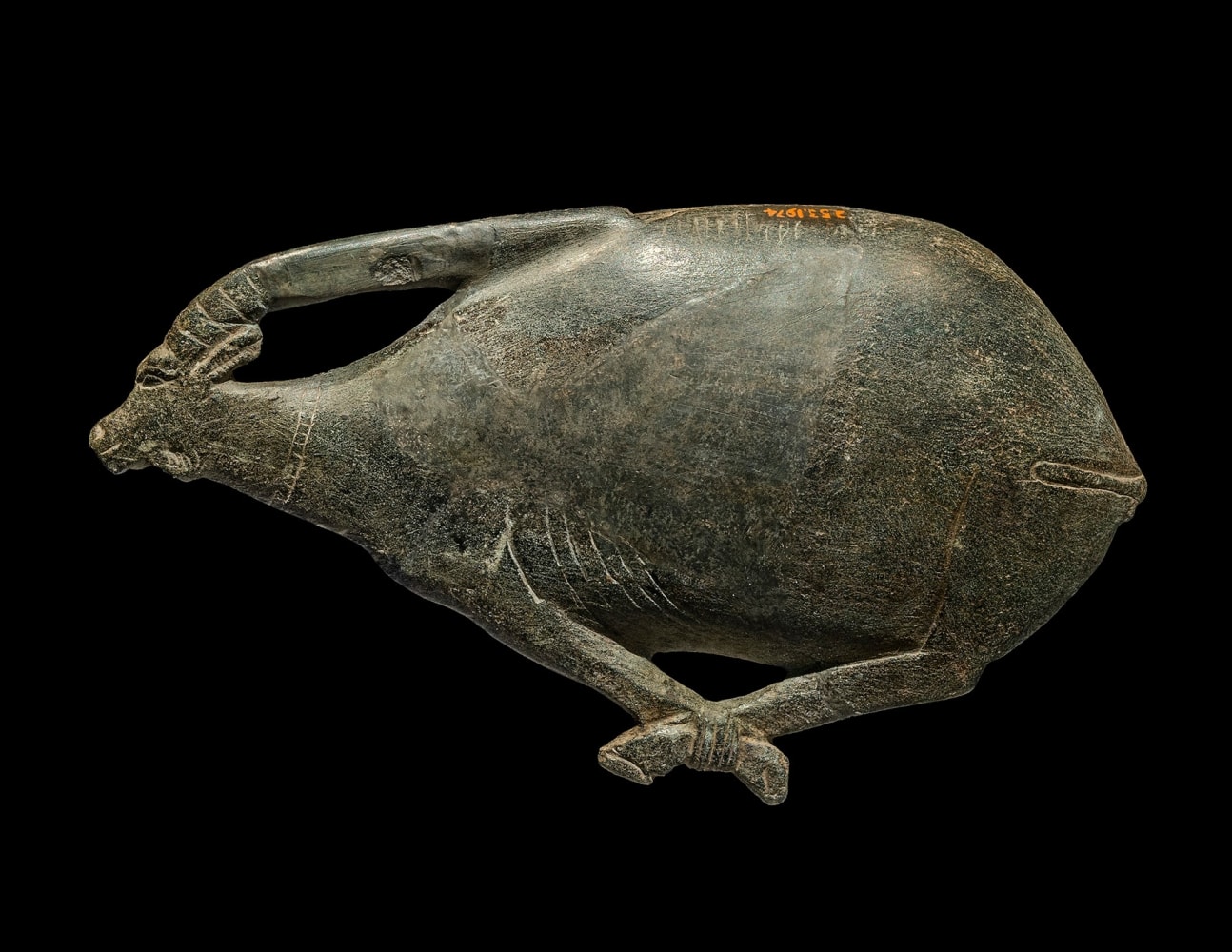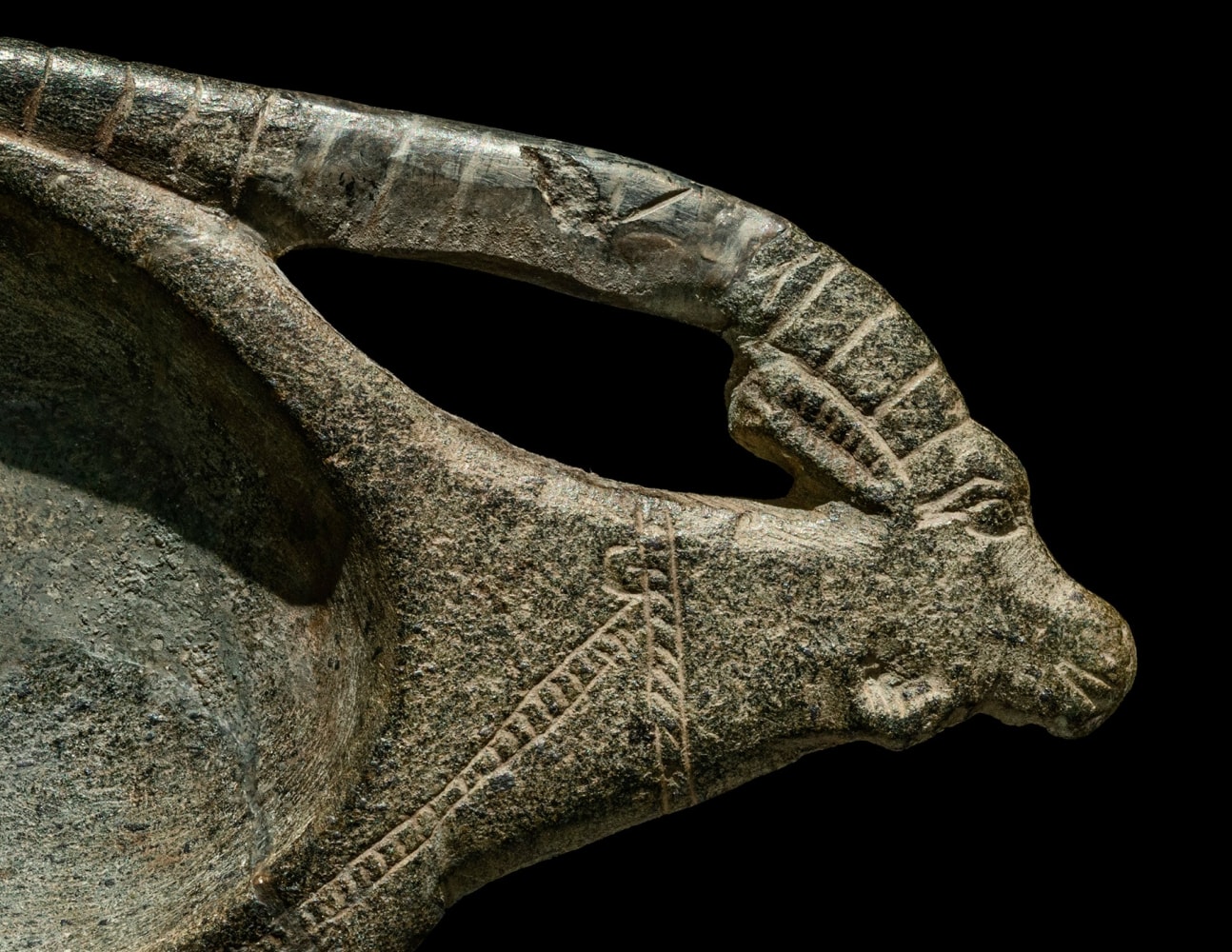Provenance: William Kelly Simpson
(1928- 2017), New York, acquired in 1974 or prior.
Published: W.K. Simpson, The Faceof Egypt, Permanence and Change
in Egyptian Art, Katonah, 1977, no.
70. P. Koob, Divine, Domestic and Desert Animals in Ancient Egyptian Art, Greenwich, 1979, no. 68.
Exhibited: Boston, Museum of Fine Arts, 1974 (Loan no. 253.1974) and 22 March 1984-31 October 2000 (Loan no. 64.1984).
Katonah Gallery; and the Dallas Museum of Art, The Face of Egypt, Permanence and Change in Egyptian Art, 13 March-28 August 1977.
Greenwich, Connecticut, Greenwich Library, Divine, Domestic and Desert Animals in Ancient Egyptian Art, 4 January-4 March 1979.
New Haven, The Yale Peabody Museum of Natural History, 1984-1986.



